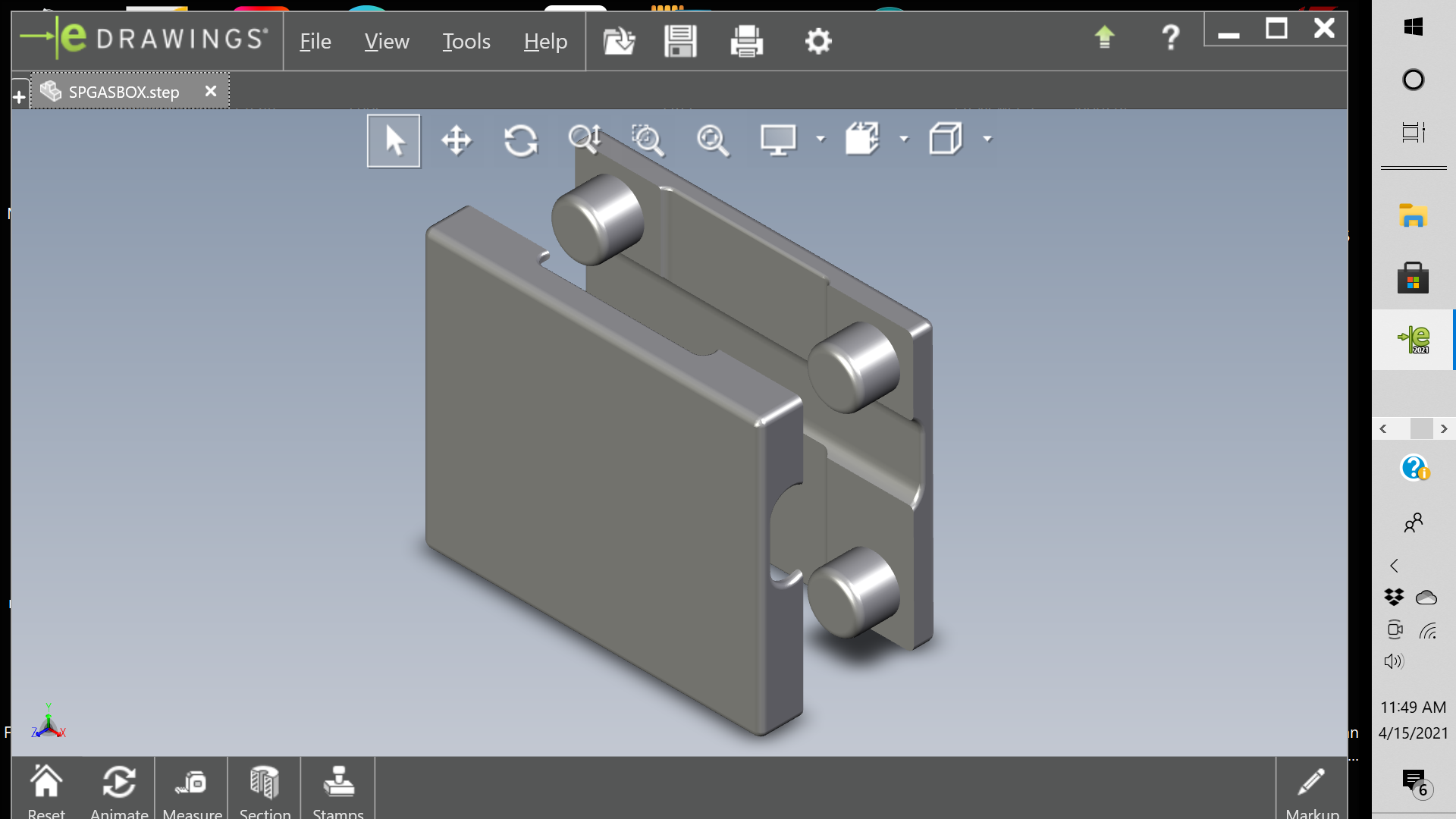The threshold voltage of a MOSFET in strong inversion is called the extrapolated threshold, VT0. This voltage is extracted by connecting the source to the substrate thus avoiding the effect of the reverse biased source – substrate junction ( VBS ). In order to calculate the threshold with body effect an equation is used ( hand calculations). This formulation includes constants such as VT0, GAMMA ( body effect parameter) and the surface potential in strong inversion ( 2phiF). A calculator to do this, written in javascript, has been released by Signal Processing Group Inc. and is available on the SPG website. Please visit for this, as well as other information.
Category Archives: Uncategorized
Calculate the transconductance of a MOSFET in strong inversion
The transconductance of a MOSFET is an important design parameter for CMOS design. This parameter and the threshold voltage form a pair of parameters that almost all CMOS design is based on. Signal Processing Group Inc. released a javascript calculator to calculate this parameter for quick CMOS design that can be trimmed to a final design using some nth order simulator. Hand calculations lay the foundation for design and providing a starting point for the designer. Please visit the SPG website for more options and information.
COX calculator for MOSFETS.
COX is a critical design parameter for CMOS design. It is the capacitance generated by the gate oxide capacitance and is a parameter that generates the transconductance gain number for the MOSFET. A calculator for this parameter was posted by the team at Signal Processing Group Inc. to facilitate the designer’s task of designing CMOS circuits. It can be found under the “calculators” menu item on the SPG website.
First order RC filter calculator1
First order RC filters are very useful and ubiquitous filters in the industry. From simple filtering jobs, integration, anti-aliasing filters they are used almost without thinking. There is a low frequency point on the characteristic ( say fl ) and a high frequency point ( say fh ). The low frequency point is the so-called 3 dB point on the first order characteristic and the high frequency point is where the high attenuation occurs. For further details, interested readers are directed to the Signal Processing Group Inc. website. Please look at the “complementary items” menu and follow to the “more free reports and articles ” link. Select the ” First order filter attenuation and frequency parameter calculations algorithms” item. This post deals with the availability of a javascript calculator released for calculating the filter characteristic points. Please select the calculators link from the SPG website and then select the calculator item from the index of calculators.
Complex and absolute numbers cheat-sheet.
Complex and absolute numbers are used extensively in RFMW design. A design engineer should be conversant with these quantities and their conversions and manipulations for effective analysis. A recently released “cheat-sheet” for complex and absolute numbers has been released by Signal Processing Group Inc. and is available on the SPG website. Please find the link under “complementary” items. Please visit the SPG website for technical info and other items of interest.
Digital PLL design analysis
- The clock distribution within a customer’s digital chip relies strongly on de – skewing the regional clock signals typically using an all digital PLL. We propose an approach for this ADPLL with respect to a CMOS 0.18um process. A compromise is required so that size, power and jitter may be minimized.
- Specifications: From an analysis of the clock distribution network we have formulated the specifications for the ADPLL frequency synthesizer.
- For more details please visit the Signal Processing Group Inc. website and access the article under the complementary menu.

Digital to analog converter design assessments using a current source architecture
A current source digital to analog converter is inherently fast. It can be implemented in most semiconductor technologies. This post and its accompanying article/ white paper describes one such DAC that uses a 0.18um CMOS technology ( decidedly legacy in semiconductor terms) but its assessments are equally applicable to latest CMOS technology. The various analysis for circuit, performance, power etc. etc can be used as a template with appropriate modifications for any CMOS process. Please visit the Signal Processing Group Inc., website to access the full white paper that can be found under the “complementary” menu.

3D modeling and printing for electronics/mechanics
3D design and modeling has come a long way in the last few years. At Signal Processing Group Inc. we are using it to our advantage (and our customer’s advantage) to design, model and print enclosures and more. ( An example of a simple enclosure is shown below). A number of CAD tools ( Solidworks, Shaper3D, etc) have come up that allow this 3d design to be done. Young designers graduating from design schools like The Art Center in Pasadena, California are making inroads into the design world and are available to work for businesses/individuals to produce beautiful designs for spacecraft to pencils and everything in between. A particularly interesting application is in medicine and biomedicine. Robotics is benefiting greatly from this art/technology too. I believe this is going to be a technology that will serve us well in the coming years and its advance can be fairly well predicted. Please contact Signal Processing Group Inc. if you would like to get going in 3D technology and printing.

Charge pump PLL design analysis for a 0.18um CMOS process
A charge pump PLL is a popular way to design a PLL. It is a good idea to analyze its requirements and relate the design to those parameters even before the functional blocks are designed. This provides the design engineer a pathway to complete the design from behavioral modeling to a final semiconductor layout to be fabricated. The higher level analysis can be done very quickly and lays bare the techniques, risks, timelines etc. for the design. A recent whitepaper by Signal Processing Group Inc. presents these assessments. The article can be found under the complementary menu in the SPG website. Please visit the SPG website for this and other articles of interest.
Touchstone file
A touchstone file is a composite file composed of s parameters of a device in a particular format. It allows certain CAD tools ( or the engineer) a way to analyze the device using s parameters for various operating modes and extract valuable information about the performance of the device. Please visit the Signal Processing Group Inc. website and access more details about the touchstone file under the complementary menu.
